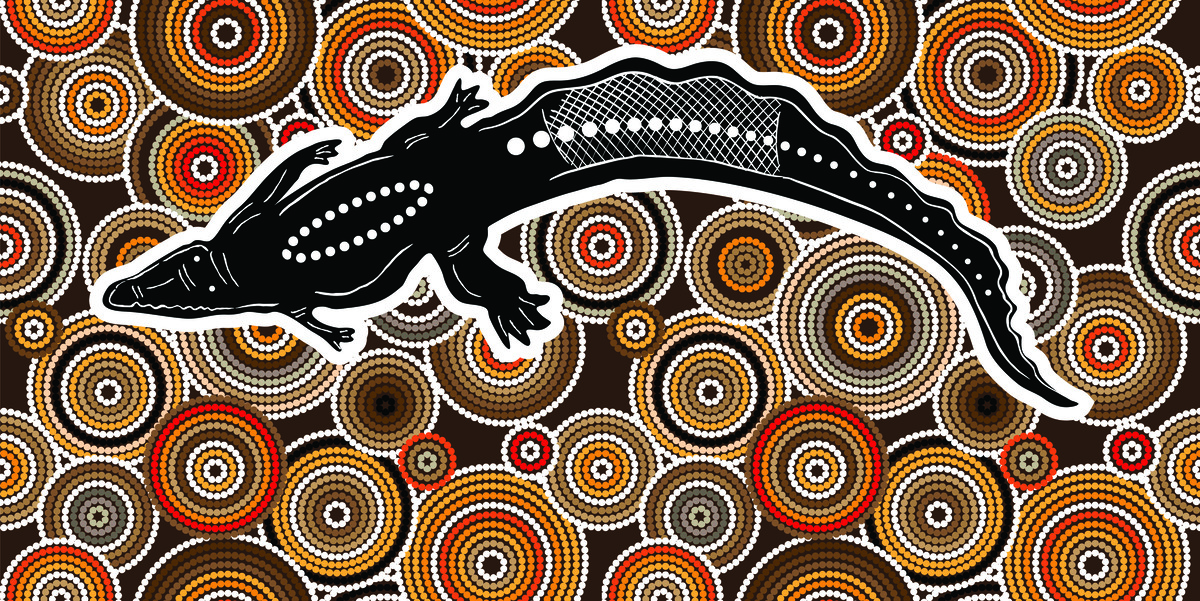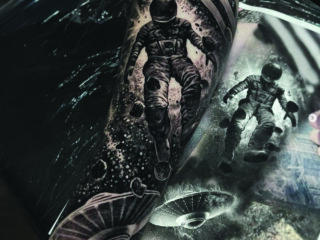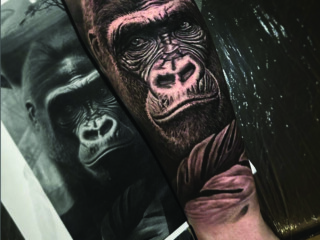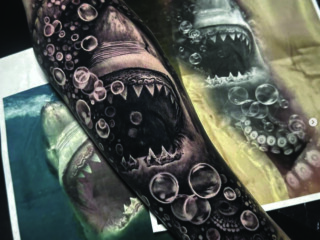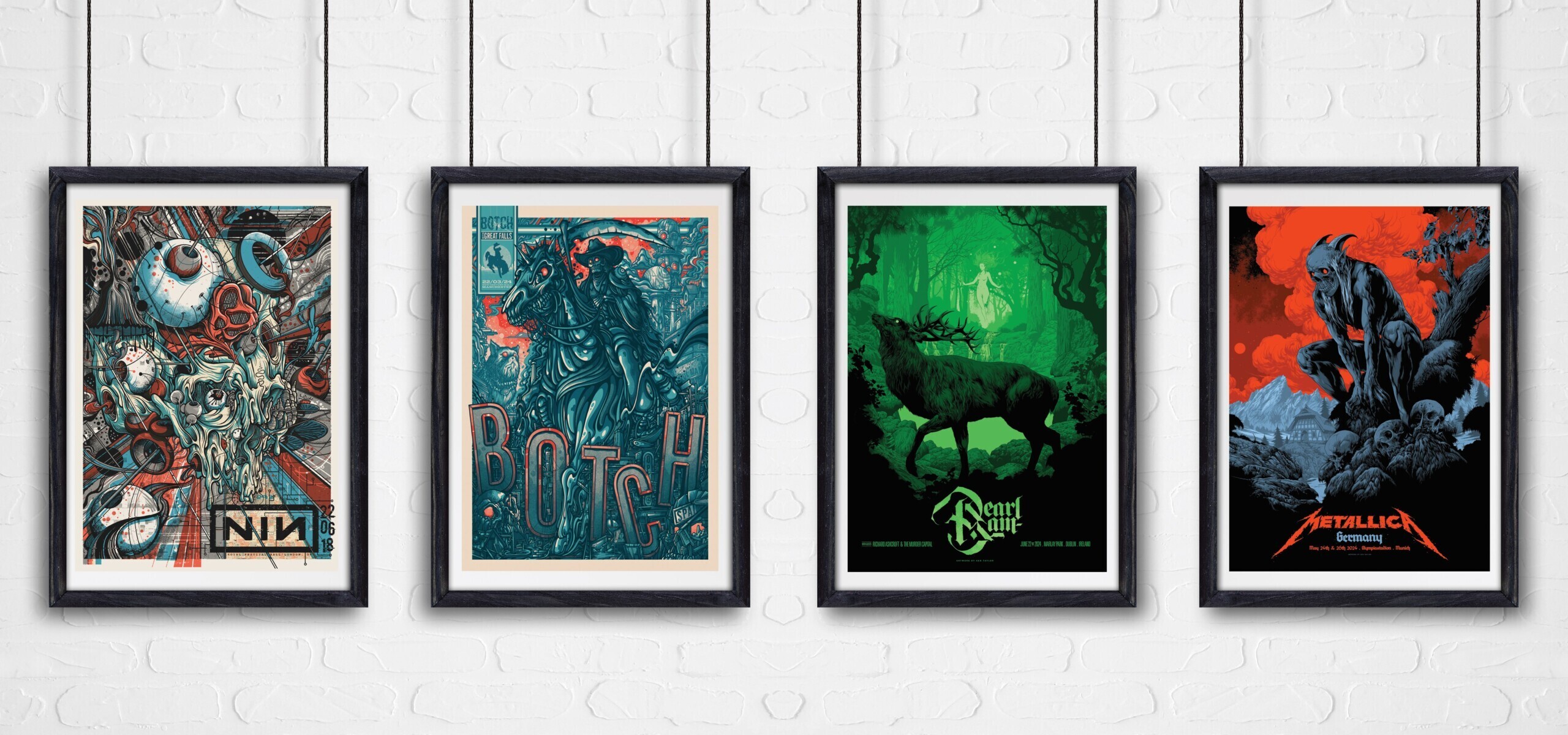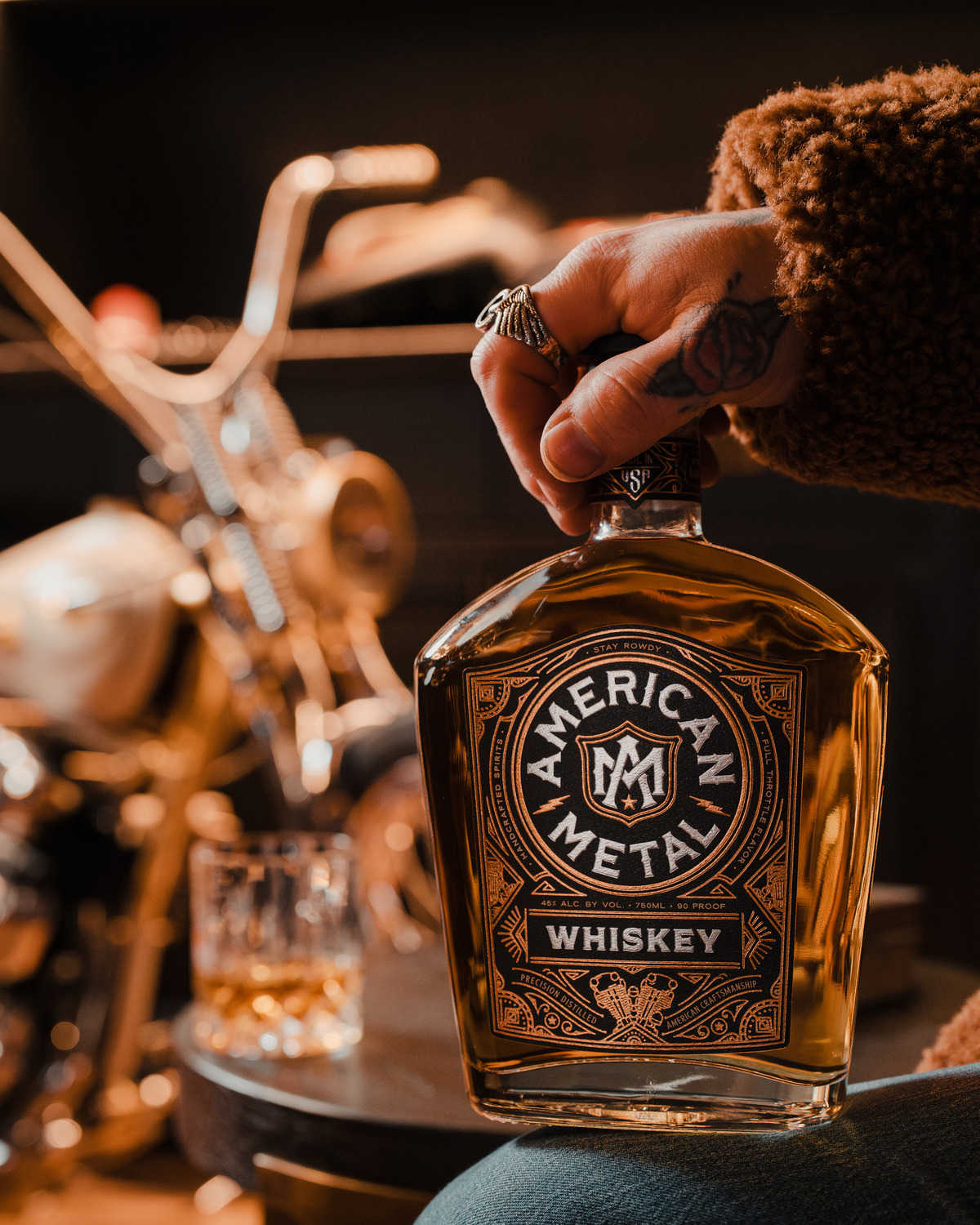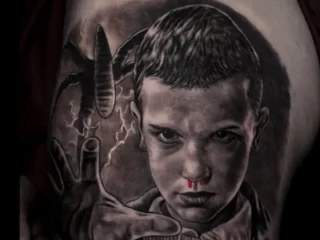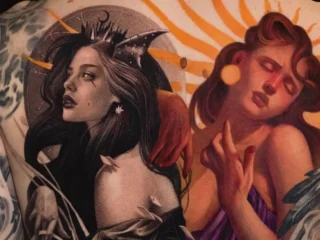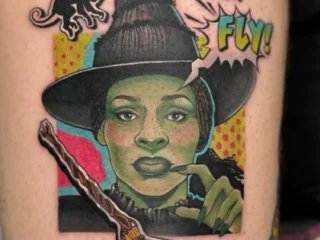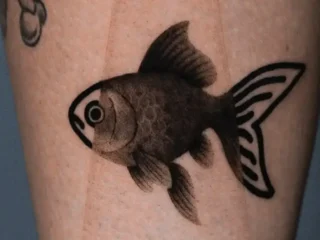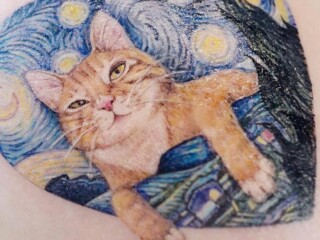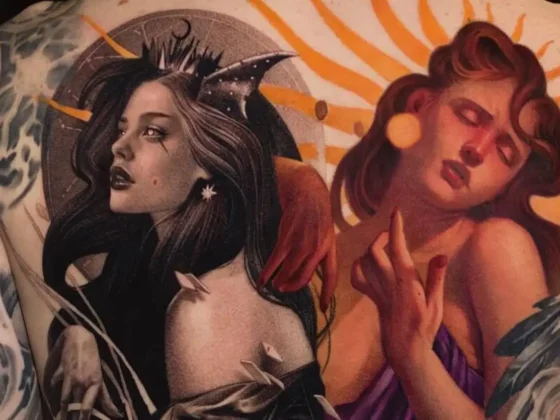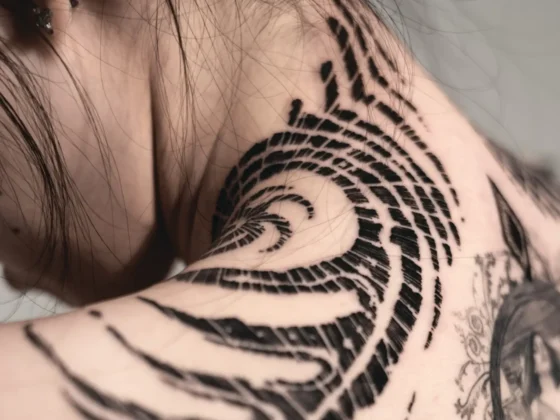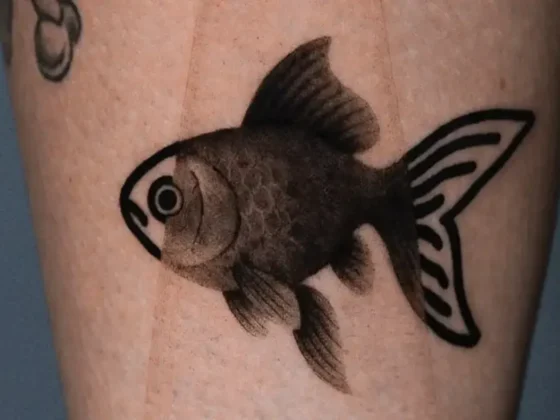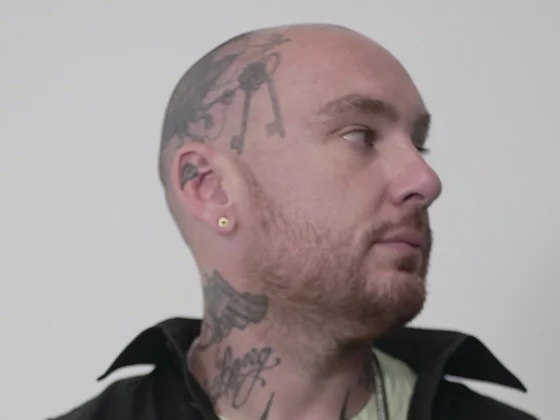Simon Roberts
November 19th, 2024
Tattoos Down Under
A dive into Australia’s vibrant tattoo scene.
Australia’s tattoo culture, not unlike American tattoo culture, has undergone a significant transformation in recent years, evolving from a practice associated with rebellion and counterculture to a widely accepted form of personal expression and artistry. Today, the Australian tattoo scene is vibrant, diverse, and continually growing, reflecting the country’s unique blend of indigenous heritage, multicultural influences, and contemporary trends.
Once stigmatized, tattoos are now embraced across various demographics, including professionals, artists, and even older generations. A University of Melbourne study found that tattoos are more common among Australians with higher levels of education and income, challenging long-held stereotypes about tattooed individuals. This shift in perception has led to a boom in the tattoo industry.
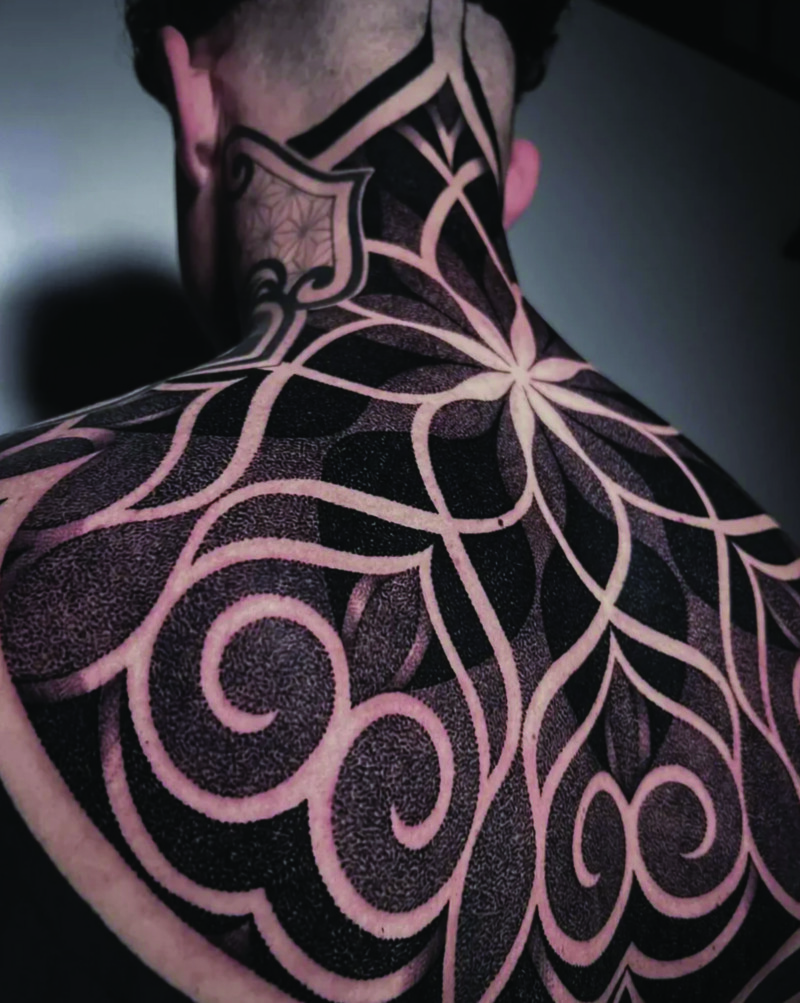
“The industry has evolved to an unrecognizable point from when I began tattooing back in 2009, let alone from its original roots,” says Melbourne tattoo artist Levi Barnett (@levi.b_tattooer). According to a February 2024 IBISWorld study, there are 1,860 tattoo businesses in Australia, rising 4.6% from 2019 to 2024.
Abundant Style
Australian tattoo culture, not unlike the American tattoo culture, is characterized by an extensive breadth and depth of styles and influences. Barnett, who specializes in realism tattoos, employs intricate, three-dimensional, lifelike details to items such as animals, movie characters, and celebrities that are tangible — seemingly staring back at you and into the depths of your soul.
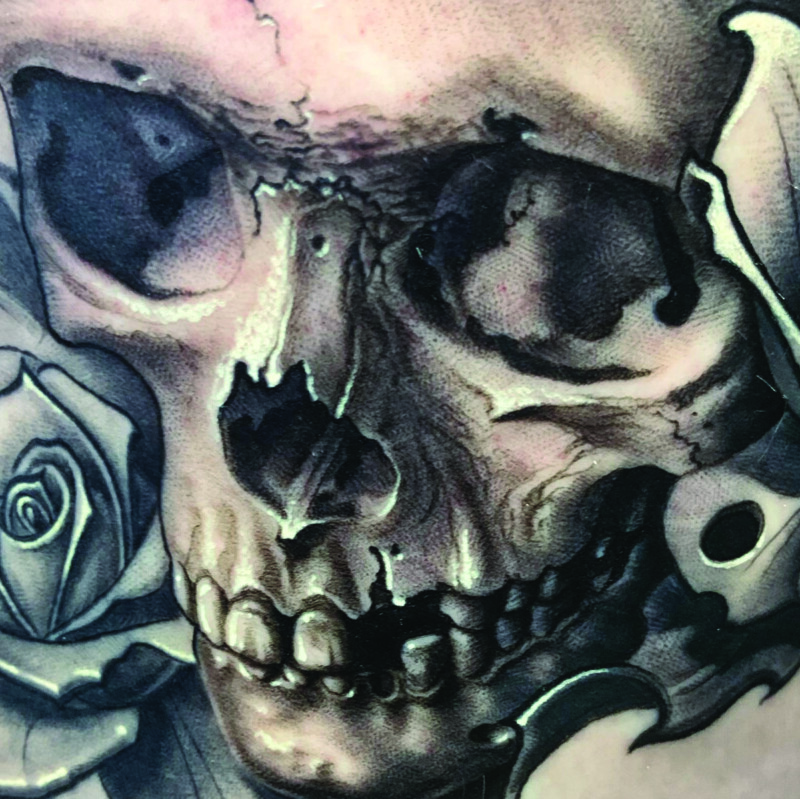
According to Australian Tattoo Expo experts, many of today’s tattoos are inspired by cartoons and graffiti, and “…pixel art, which wouldn’t have been understood 50 years ago, has emerged with the advent of computers striving to create smooth images.”
Many Australian artists specialize in designs featuring native flora and fauna, reflecting the country’s unique biodiversity. Dotwork techniques, using tiny ink dots to create intricate patterns, has gained popularity for its versatility in representing both natural elements and Aboriginal-inspired designs. Australia’s diverse immigrant population has introduced various tattooing styles from around the world, creating a melting pot of artistic expressions.
Technology and Tattoo Expos
The Australian tattoo scene has embraced technological advancements, enhancing both the artistry and the client experience. Improved tattoo machines allow for more precise and intricate designs, and advanced ink formulations offer more vibrant and longer-lasting results. Digital design software has become an integral part of the creative process for many artists, with helpful features such as AI image generation and color adjustment technology, which saves time and streamlines difficult projects.
Social media platforms, particularly Instagram, have become crucial for artists to showcase their work and connect with potential clients. “To see tattooers go from fringe characters to influencers and borderline celebrities has been wild,” Barnett says. Think Dr. Woo (@_dr_woo_, also featured on page TK) and Megan Massacre (@megan_massacre).
The Australian Tattoo Expo, held annually in major cities across the country, has become a cornerstone of the nation’s tattoo culture. These events bring together hundreds of local and international artists, attracting thousands of enthusiasts. The expos feature live tattooing, competitions, and performances, serving as a celebration of tattoo artistry and a platform for artists to showcase their skills.
The August 2024 Perth Tattoo Expo saw around 450 of Australia’s and international guest tattoo artists, highlighting the global nature of the contemporary tattoo scene. These events not only provide expo-goers opportunities to get tattooed by industry leaders but also foster connections within the tattoo community.
The Future Forecast
As the tattoo industry has grown, so has the focus on regulation and safety. Australia has strict licensing requirements for tattoo artists and studios, with health and safety standards aimed at reducing the risk of infection transmission that are generally more uniform across states, when compared to some other countries. This regulatory environment has helped to professionalize the industry and ensure higher service standards for clients.
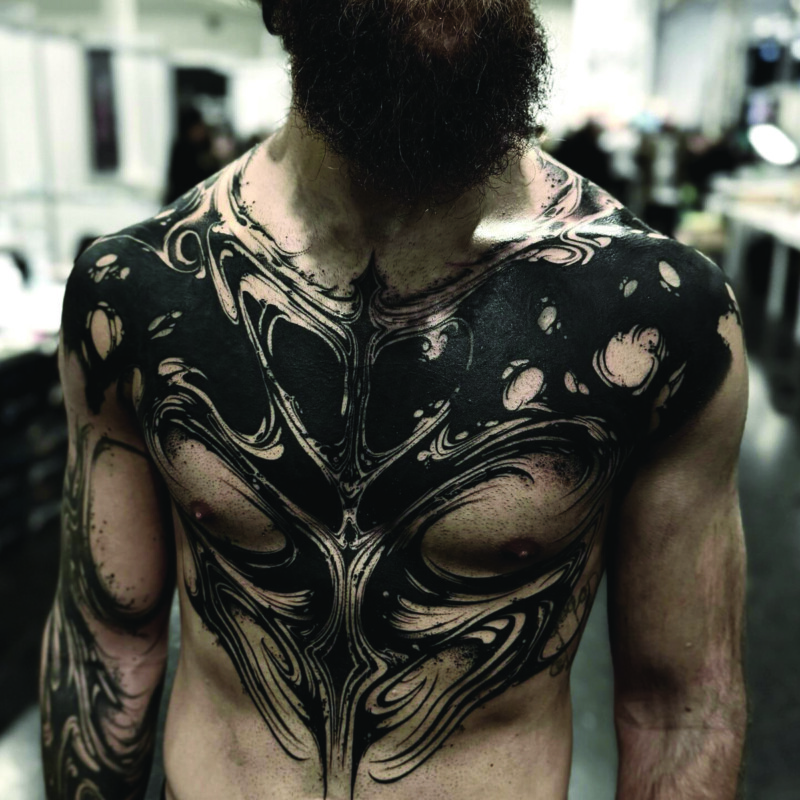
Despite its growing popularity, many Australians might rethink their ink. In a survey of 500 Australians, McCrindle, a research service organization, found that 1 in 3 Australians with tattoos regretted, to some extent, getting a tattoo.
As for Indigenous-inspired designs, there’s an ongoing dialogue about cultural appropriation and the importance of respecting traditional practices and meanings. With the increasing number of tattoo artists and studios, there’s growing competition within the industry, potentially affecting the livelihoods of practitioners. However, healthy competition breeds innovation. Barnett says, “Every day I see new artists who are hungry and driven by passion to push this to a level I never thought possible.”
Looking ahead, several trends are likely to shape the future of Australian tattoo culture. As societal attitudes continue to evolve, tattoos are likely to become even more widely accepted in professional and social settings.
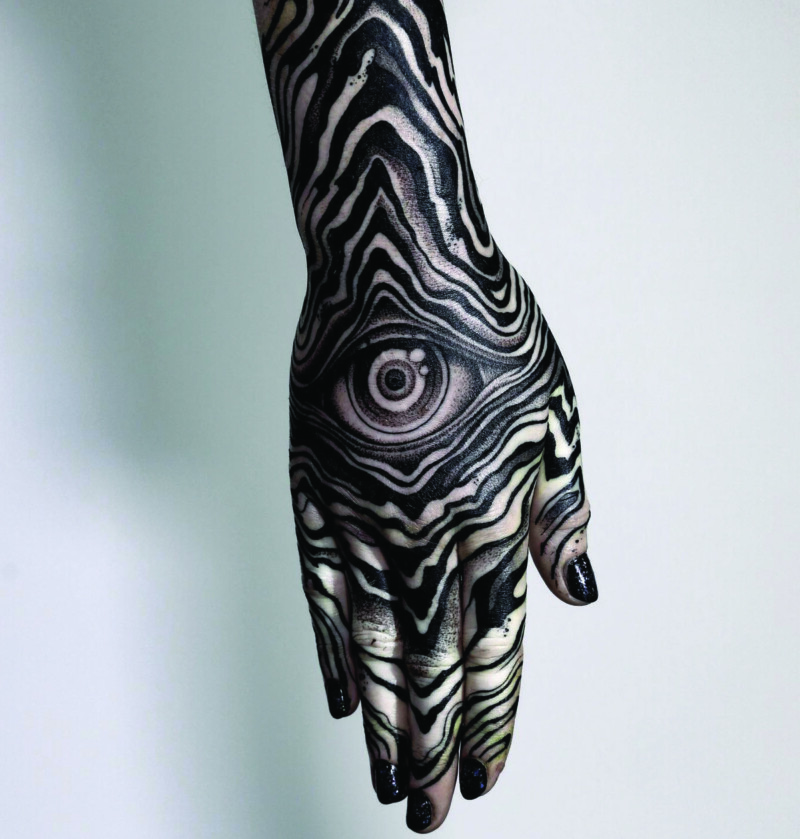
Advancements in tattooing technology, including potential developments in temporary or easily removable tattoos, may further broaden the appeal of body art. The ongoing interest in Indigenous Australian tattoo practices may lead to a deeper exploration and revival of traditional techniques and designs.
As environmental consciousness grows, there is an increased demand for eco-friendly inks and sustainable practices within the industry. While aesthetic appeal remains important, there’s a growing trend toward tattoos that hold deep personal significance, reflecting individual stories and experiences.
Today’s Australian tattoo culture is a vibrant, diverse, and evolving landscape that reflects the country’s unique blend of traditions and contemporary influences. From the bustling tattoo expos in major cities to the intimate local studios, tattoo artistry has become an integral part of Australia’s cultural expression.
As the industry continues to grow and evolve, it faces both exciting opportunities and important challenges, ensuring that the Australian tattoo scene remains dynamic and engaging for years to come.
The acceptance and popularity of tattoos in Australia today represent more than just a trend; they reflect broader shifts in societal attitudes toward personal expression, art, and cultural identity. Moving from the margins to the mainstream, tattoos offer a unique lens through which to view the changing face of Australian culture in the 21st century.
Craving more articles like this? Check out our other content here.
Editor's Picks
Musical Ephemera
Concert posters evolved from marketing tools to collectible art, preserving music history and inspiring a thriving creative collector scene.
Two-Wheel Temptations
Explore the best motorcycles and gear for every rider, from adventure touring to superbikes, plus must-have accessories for performance and safety.
A Toast to Craftsmanship
American Metal Whiskey is an iconic spirit born from custom hot rod and motorcycle culture.

